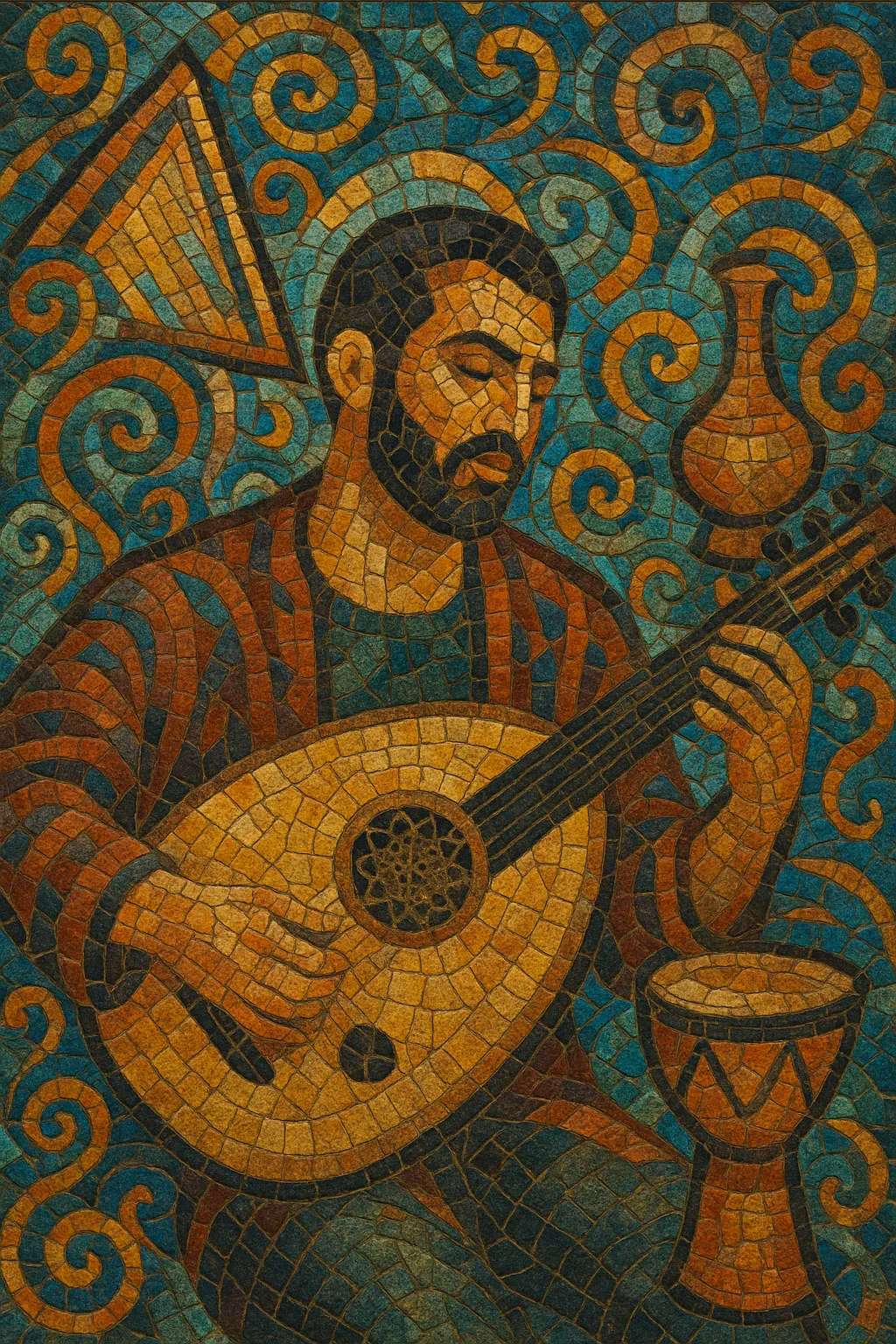Muzika mizrahit (Israeli Mizrahi or Oriental music) is a modern Israeli popular genre rooted in the musical traditions of Jewish communities from the Middle East, North Africa, and the Mediterranean. It blends Arabic, Turkish, Greek (laïko/rebetiko), and Andalusian influences with Hebrew lyrics and contemporary pop production.
Musically it favors modal melodies drawn from Middle Eastern maqam systems (e.g., Hijaz, Bayat, Kurd) and characteristic vocal ornamentation (melisma, microtonal inflections). Typical instruments include oud, bouzouki, qanun, violin, darbuka/tabla, riq, and handclaps, increasingly complemented by synthesizers, drum machines, and pop/EDM-style arrangements.
Lyrically, songs often revolve around love, longing, family, faith, and place, moving between dance-forward party anthems and deeply emotive ballads. Since the 1990s, the style has moved from a marginalized “cassette culture” to the mainstream of Israeli pop.
After Israel’s establishment, Jewish immigrants from Yemen, Iraq, Morocco, Egypt, Tunisia, Libya, Kurdistan, and other regions brought rich musical traditions. In homes, community events, and local cafés, these Arabic- and Turkish-influenced styles mixed with Greek laïko/rebetiko heard on radio and records. During the 1970s, this hybrid began to coalesce into what became known as muzika mizrahit—often distributed outside establishment media through informal tape networks and performances.
The 1980s saw a flourishing underground cassette economy ("kasetot") that popularized Mizrahi singers. Zohar Argov emerged as a defining voice, while composer Avihu Medina crafted enduring repertoire that fused maqam-based melodies with accessible song forms. Despite industry gatekeeping, Mizrahi music developed a loyal mass audience and a distinctive sound centered on microtonal melodies, darbuka grooves, and impassioned vocals.
From the 1990s onward, the genre entered mainstream Israeli media. Artists like Sarit Hadad, Haim Moshe, Zehava Ben, and Eyal Golan topped charts, and arrangements absorbed keyboards, drum machines, and glossy pop aesthetics. The style broadened into a pan-“Mediterranean” pop, interweaving Greek, Turkish, and Arab elements with contemporary Israeli pop production.
A new generation—Omer Adam, Moshe Peretz, Dudu Aharon, Itay Levy and others—updates the idiom with EDM, reggaeton, and trap-adjacent beats while preserving Mizrahi melodic identity and vocal ornamentation. The genre now permeates weddings, clubs, radio, and streaming playlists, and it also informs religious/pop-worship repertoires and mainstream Israeli pop.


